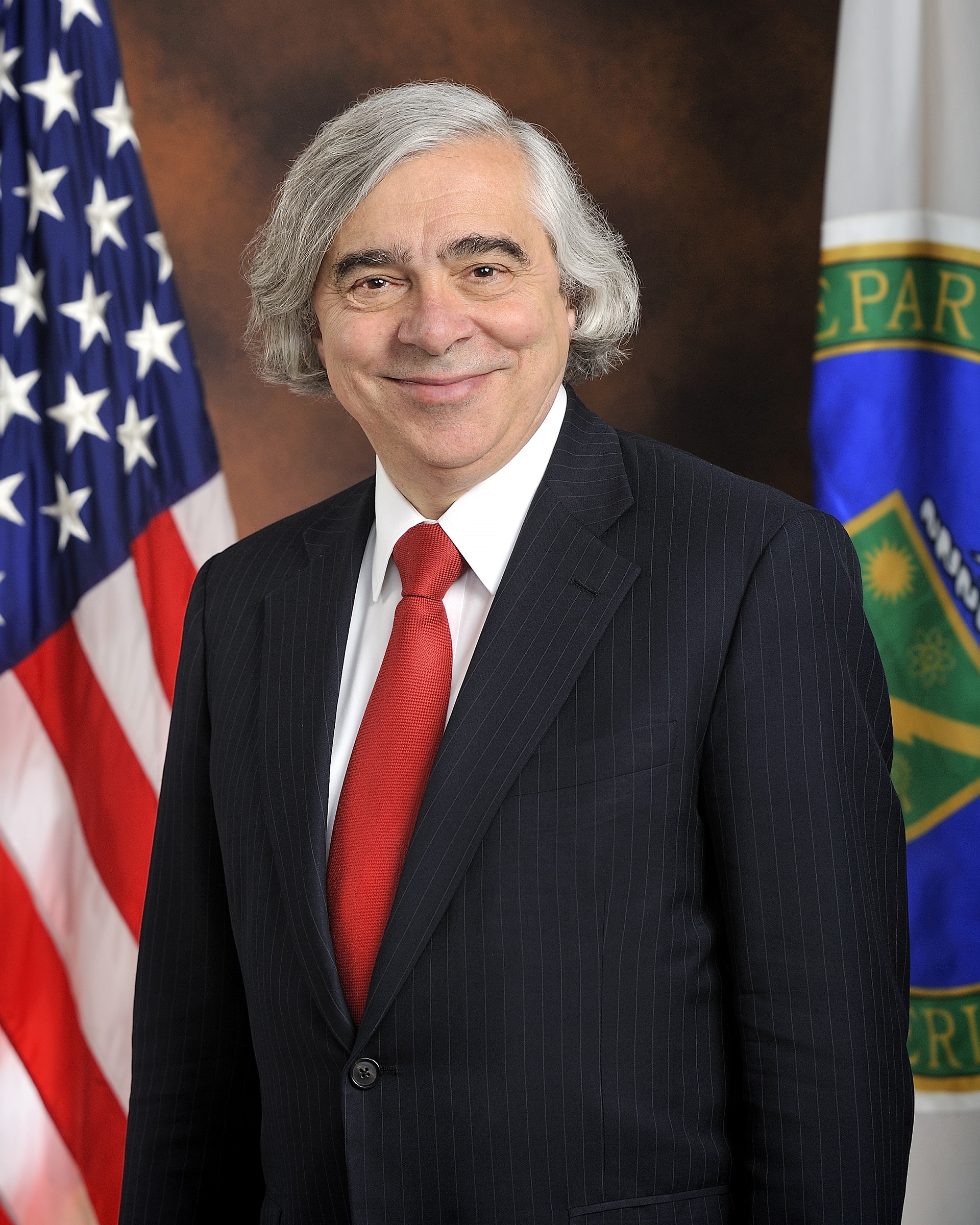Part One of Two parts.
U.S. Energy Secretary Moniz recently delivered the keynote address at an event called “Nuclear Energy at a Crossroads,” which was put on by the Center for Strategic and International Studies, a Washington, D.C. think-tank. During his speech, he talked about eight major problems that confront nuclear power generation and emphasized that these problems must be dealt with if nuclear power is to thrive in the U.S.
1. The fate of the existing U.S. nuclear fleet could have implications for carbon emissions.
Over the past few years, low gas and oil prices, technical problems, the dynamics of the energy market and public policy that supports renewable energy have all contributed to closure or announced closure of fourteen nuclear power plants in the U.S. Over half of the ninety nine operating power reactors in the U.S. are in competitive wholesale energy markets. Moniz commented that it was ironic that these closures would be happening over the next five years during the same period when states are implementing plans to reduce carbon emissions. He thinks that nuclear power has a role to play in reducing carbon emissions and laments the closure of so many plants. New York state recently created a subsidy program to keep three nuclear power plants open and Illinois is considering something similar. Moniz believes that such subsidy programs should be seriously considered for other power reactors that cannot compete in the energy market.
2. New reactors will come online over the next five years, but only in the Southeast.
There are new power reactors being constructed in the Southeast while power reactors are closing in other parts of the country. Moniz pointed out that this highlights differences in regulation and policy in different states. He said that there needs to be more clarity and uniformity with respect of controlling costs and schedules for the construction of new reactors in the U.S.
3. The U.S. nuclear fleet is aging.
Many U.S. nuclear power plants were built in the 1970s. They were originally licensed to operate for forty years. So far eighty U.S. reactors have had their licenses extended for an additional twenty years for a total of sixty years. This means that there will inevitably be a wave of closures around 2030. Power reactors can take up to ten years to license and construct. That means that major decisions have to be made in the next five years about nuclear power in the U.S. to insure that there is not a big drop in the electricity provided by nuclear reactors. One solution might be to license reactors for another twenty years of operation for a total of eighty years. This would push the wave of closures off until mid-century.
4. The need for a reliable, resilient, decarbonized electricity system is clear, but what it would look like is extremely unclear.
The U.S. is working on created a "decarbonized" electrical supply system in order to mitigate climate change. Major questions that need to be answered include the importance and nature of fuel diversity, baseload supply, energy storage, and capacity. Moniz pointed out that while nuclear energy could plan a major role in future energy planning, its importance is controversial. Some analysts believe that hydro, wind and solar could provide needed energy with short term support of natural gas and long term support of major energy storage system reducing the need for nuclear power altogether. He emphasized that decisions need to made now in order to provide sufficient time for planning and construction of new infrastructure.
(Please read Part Two)
U.S. Energy Secretary Moniz:
